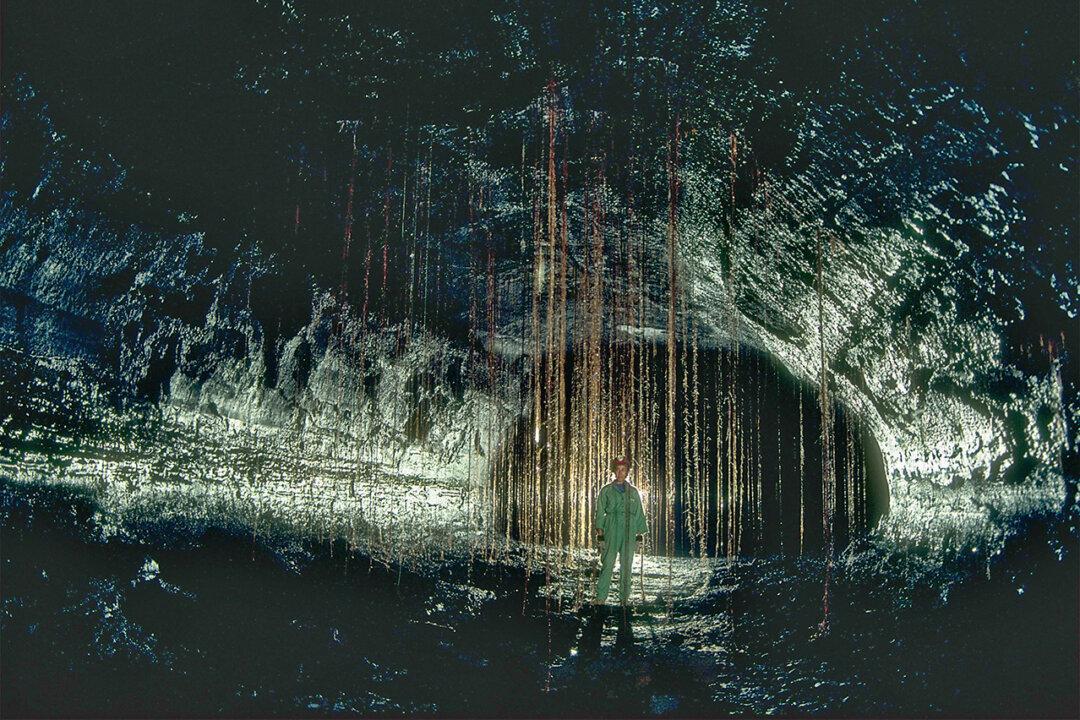A man building foundations on his 300-acre (121-hectare) plot of land on Hawaii’s Big Island, had his plans changed by a very unexpected discovery: an underground entrance to the world’s longest lava tube at the site of the building.
Harry Shick, originally from Pittsburgh, Pennsylvania, has now been a tour guide for almost 30 years. He relocated to Hawaii for college in 1984 and moved to the Big Island and bought a piece of land in 1991.





